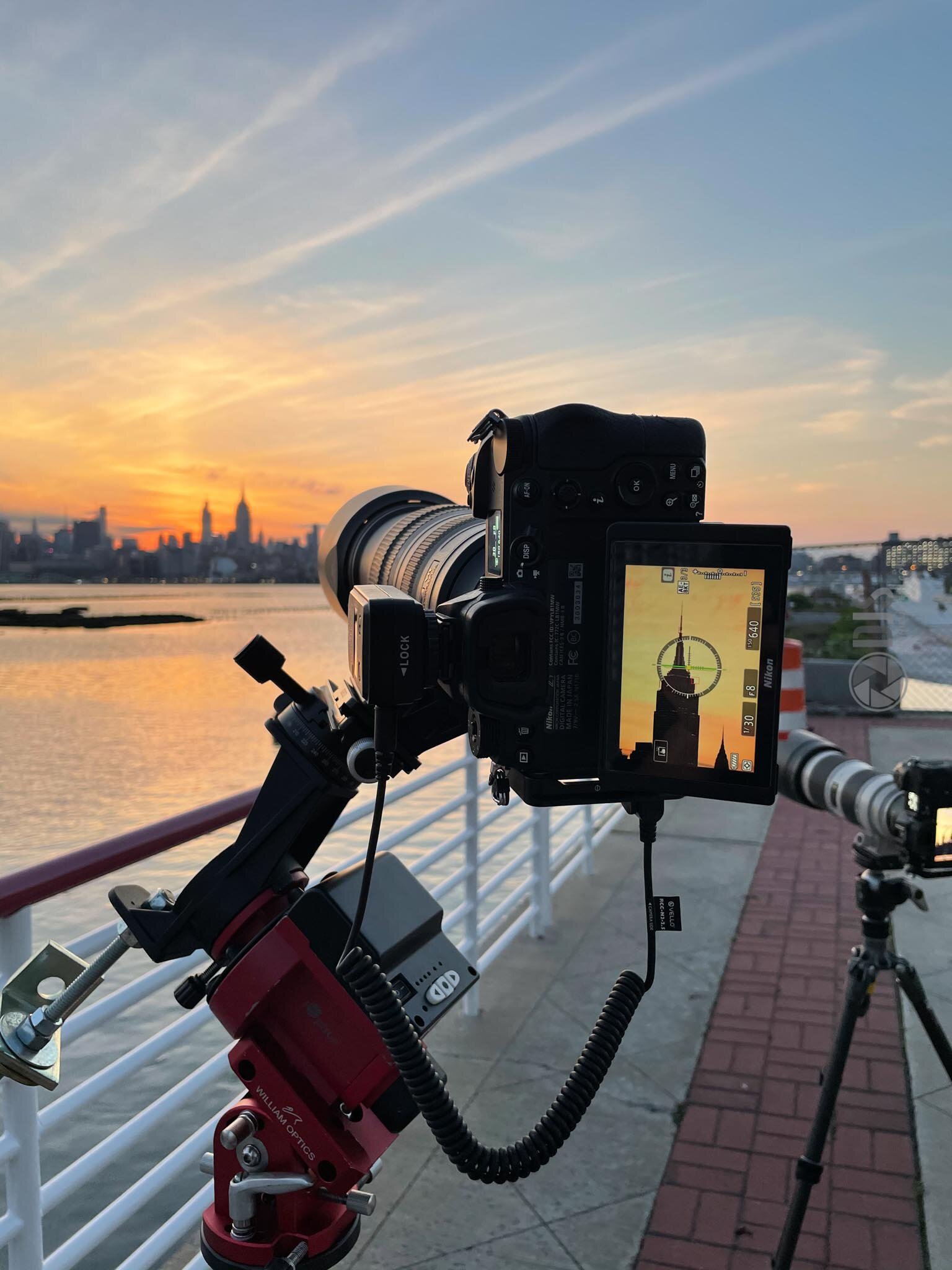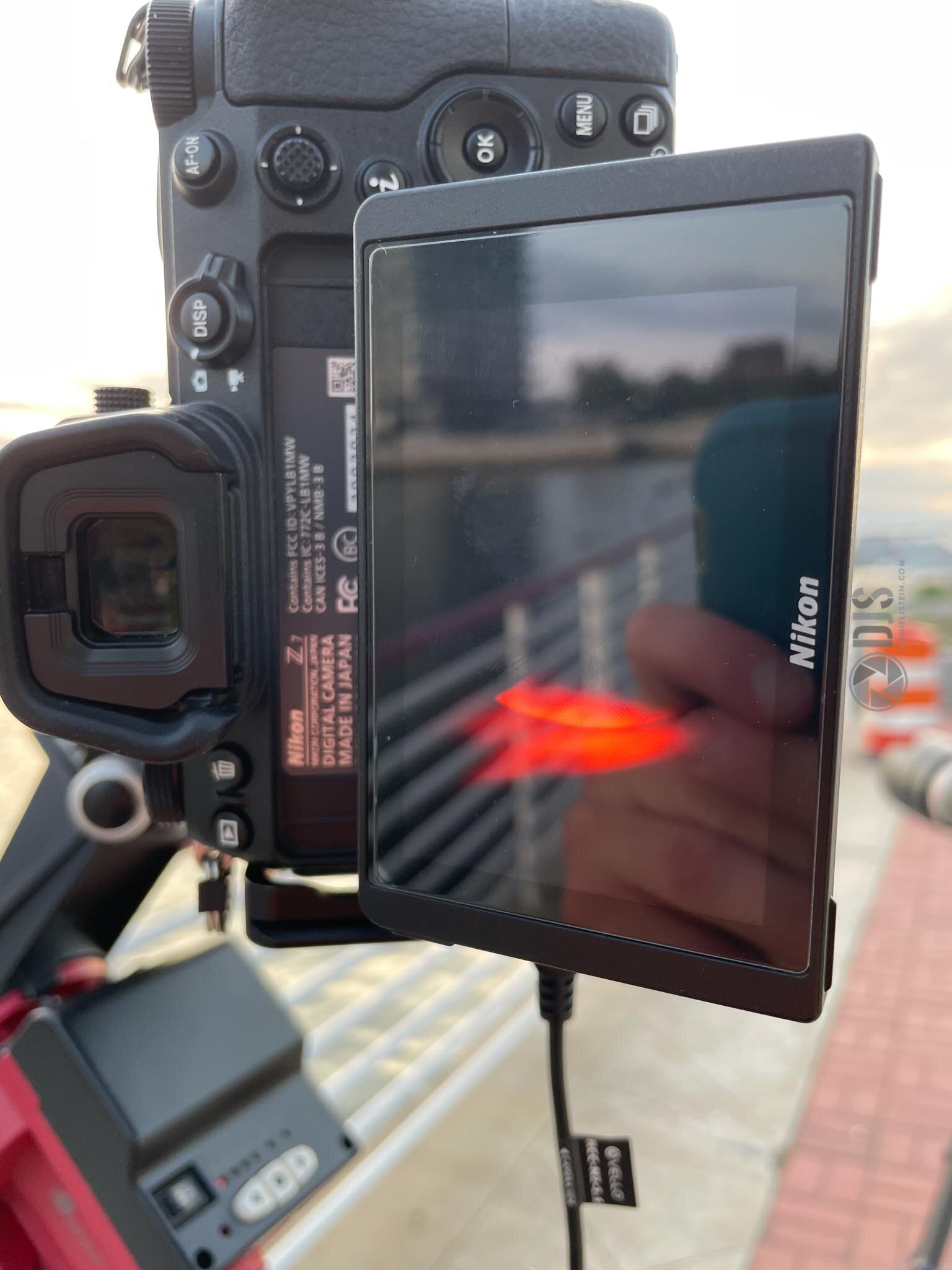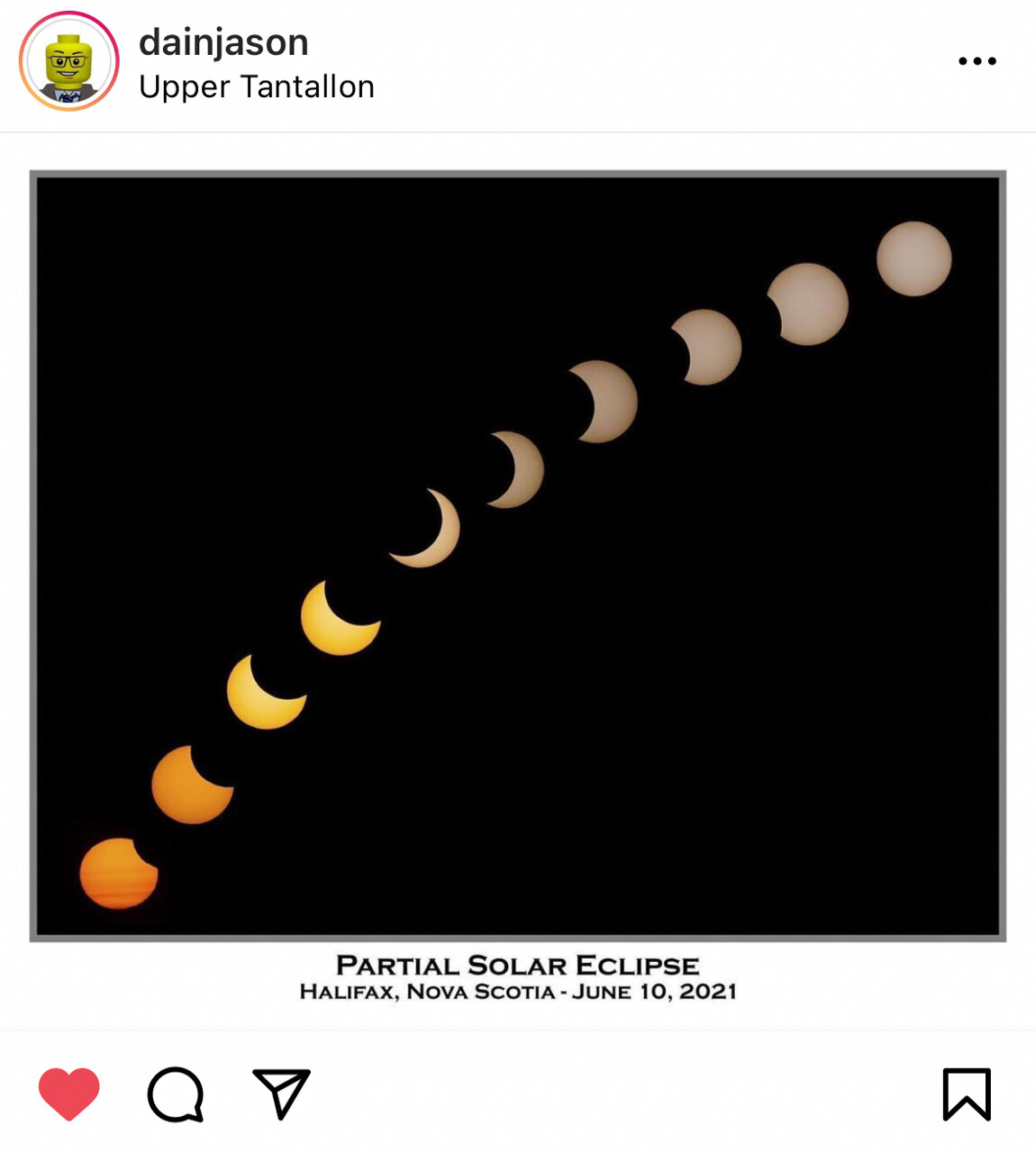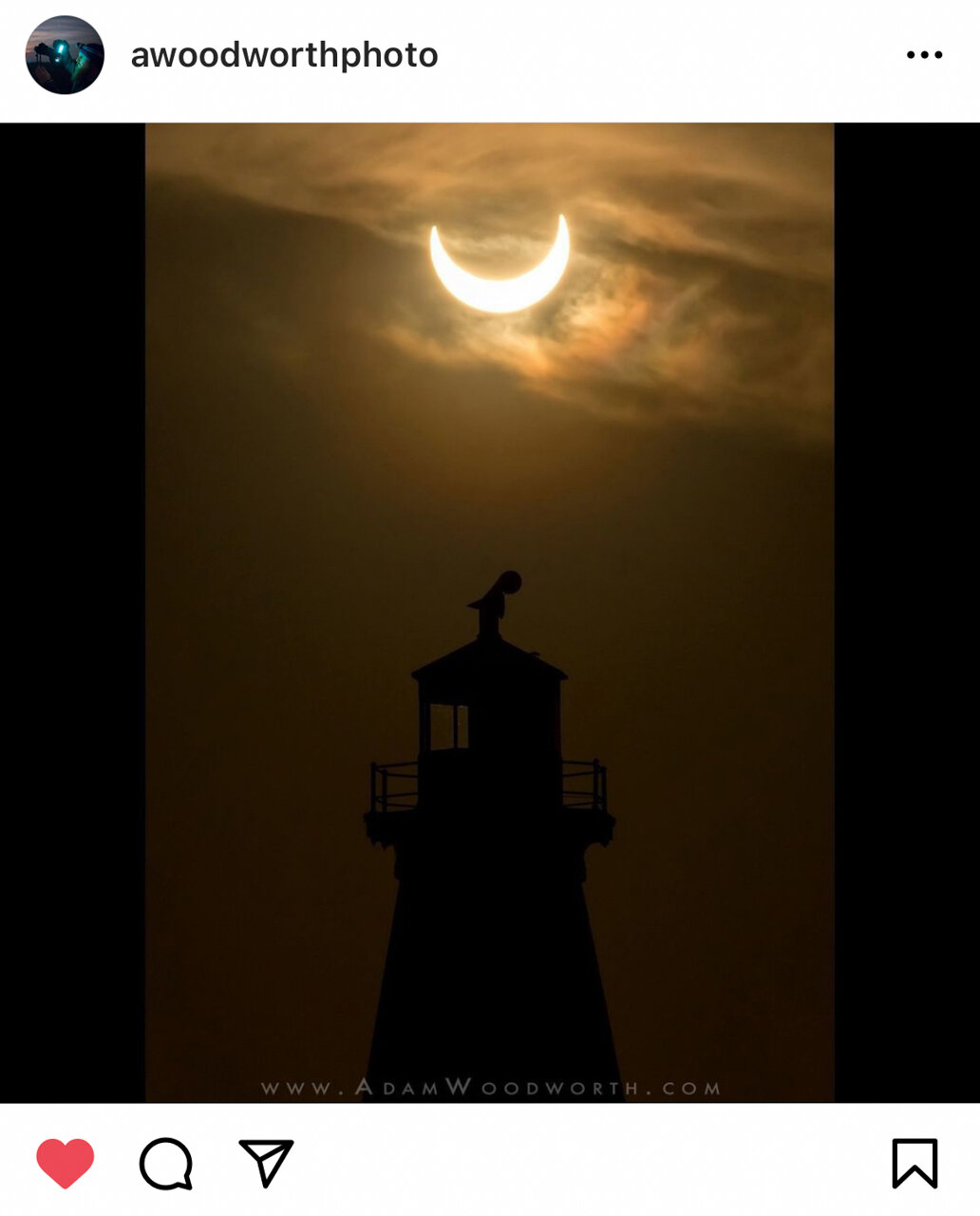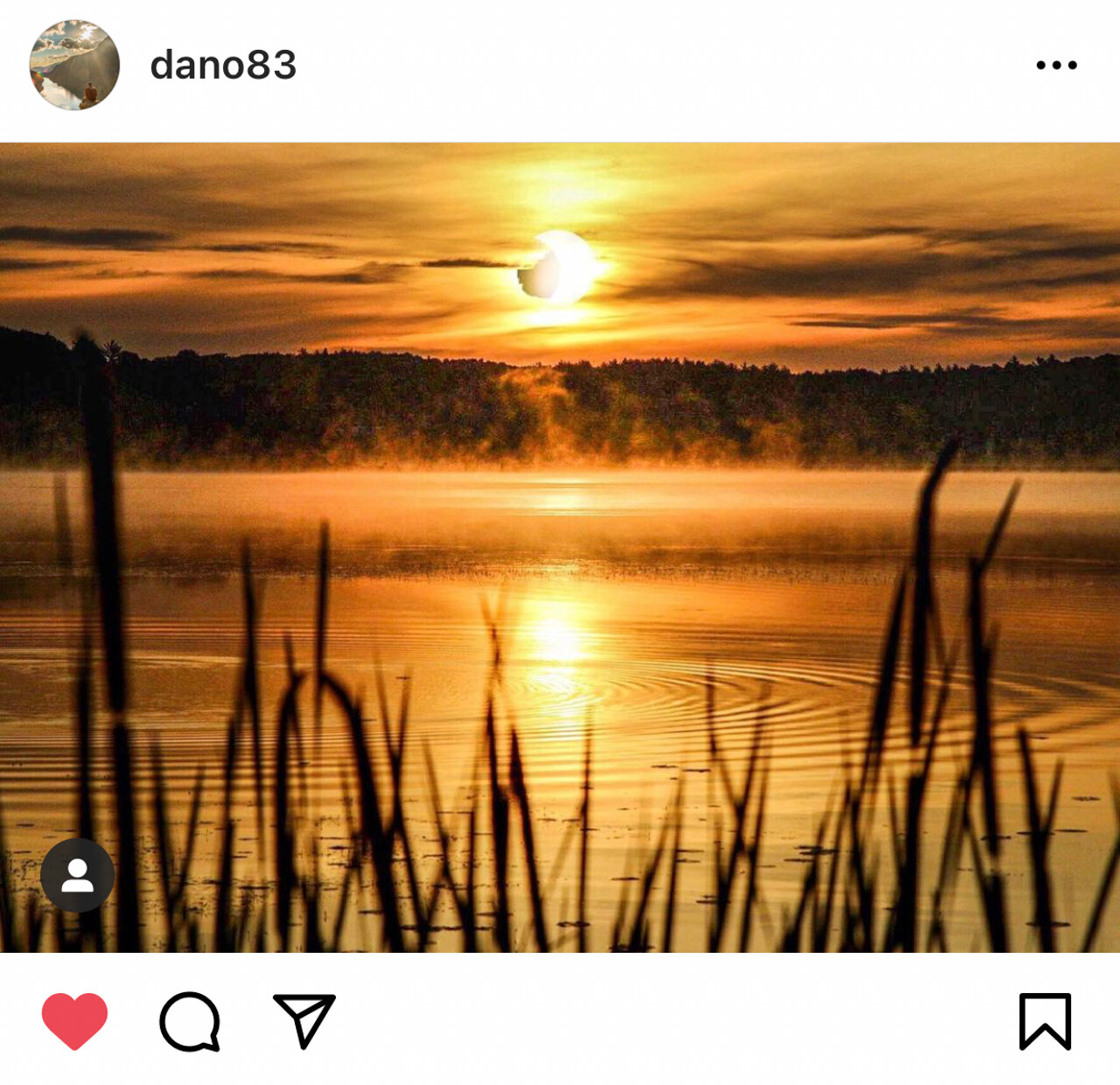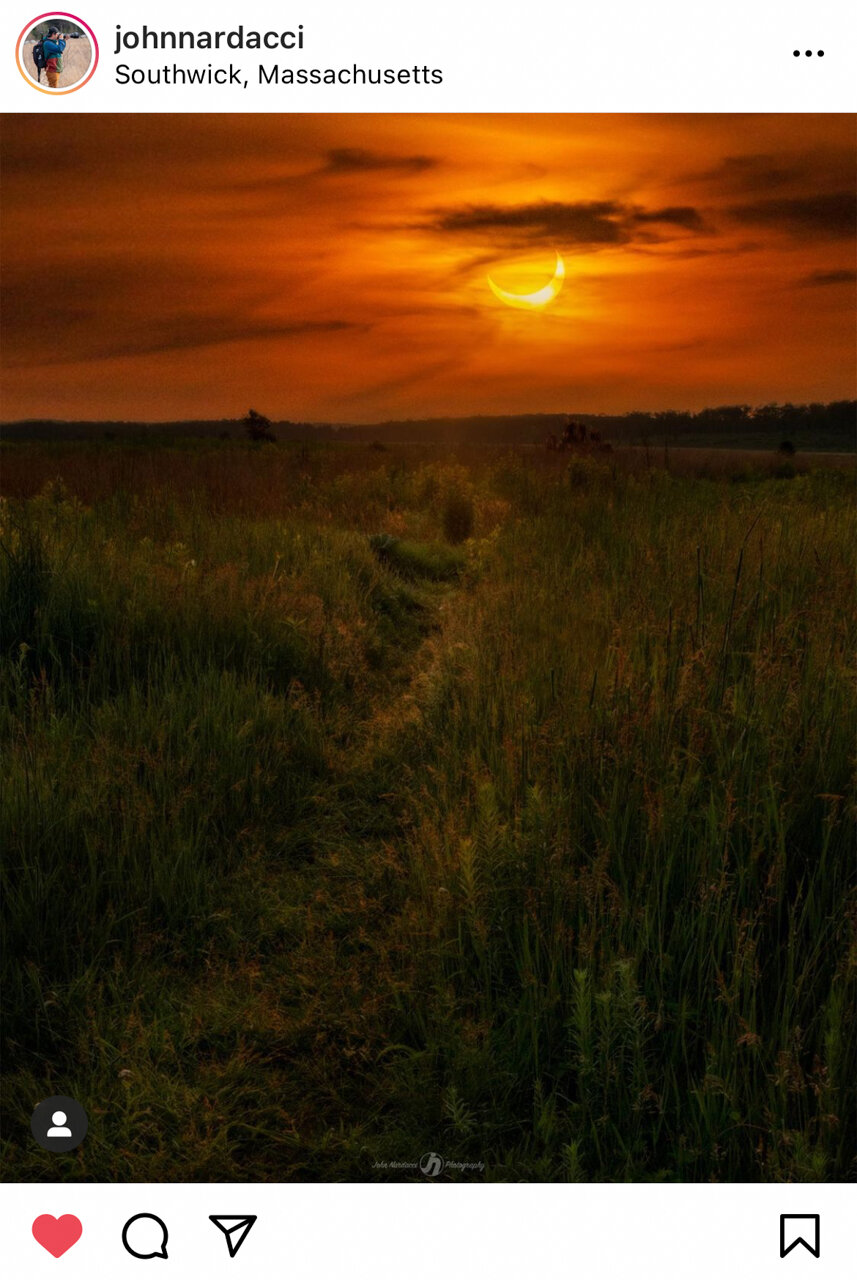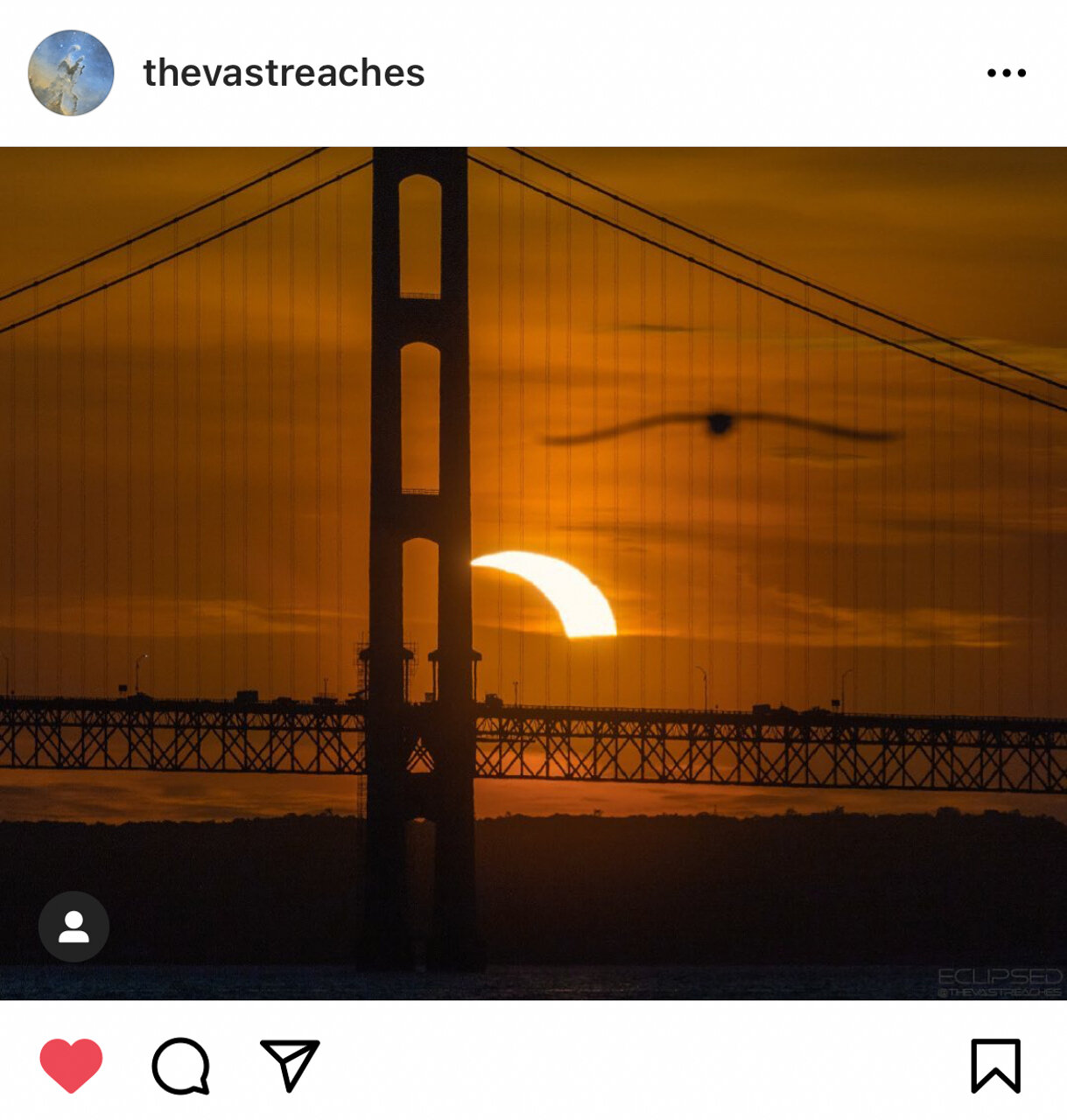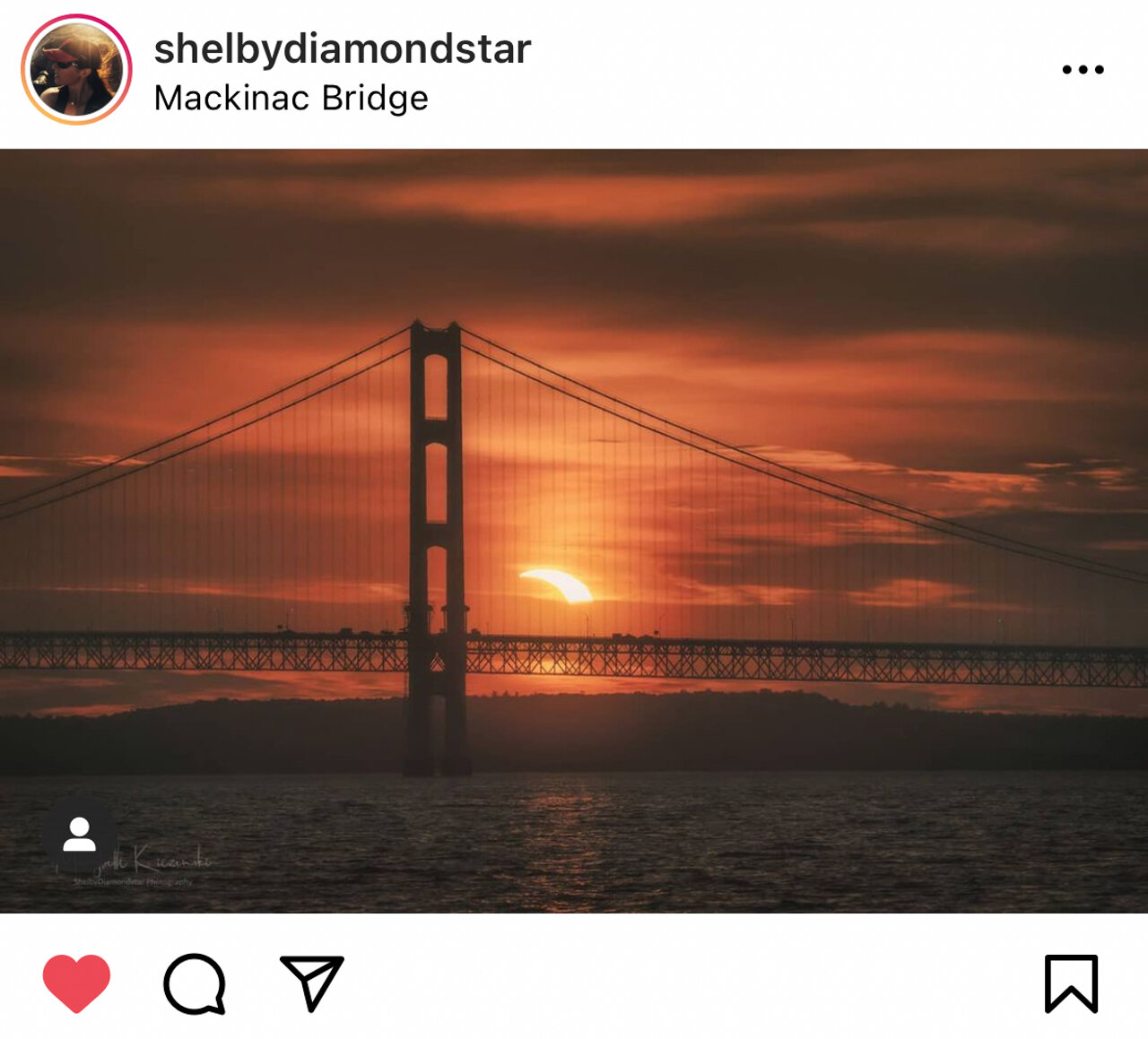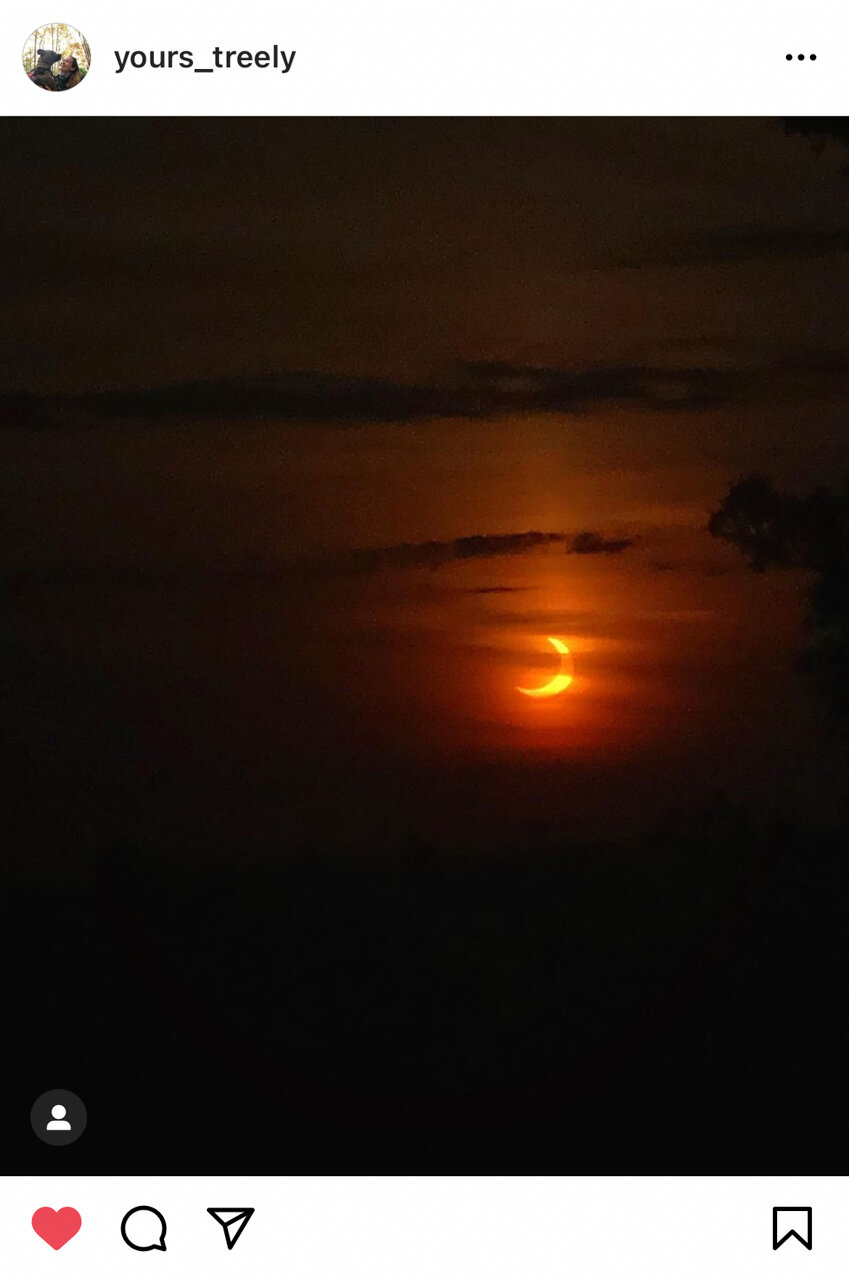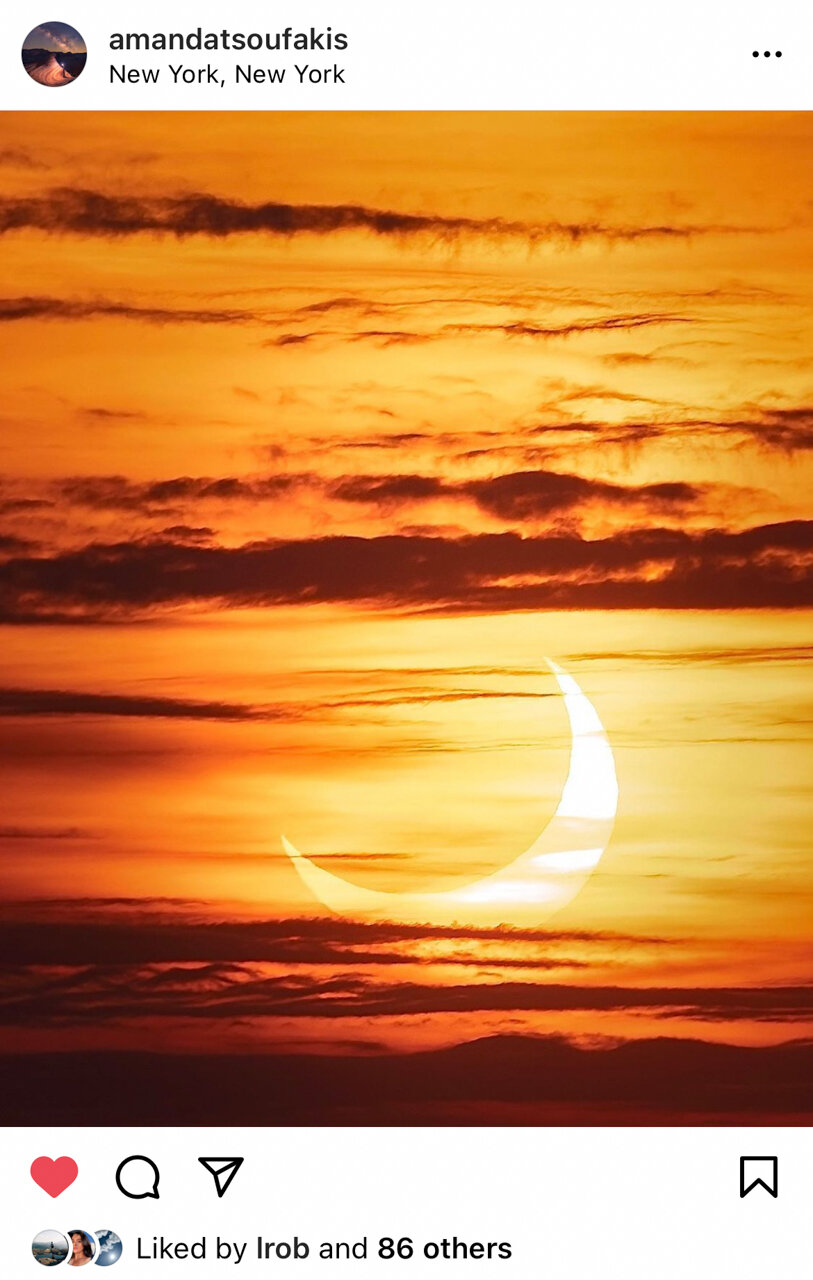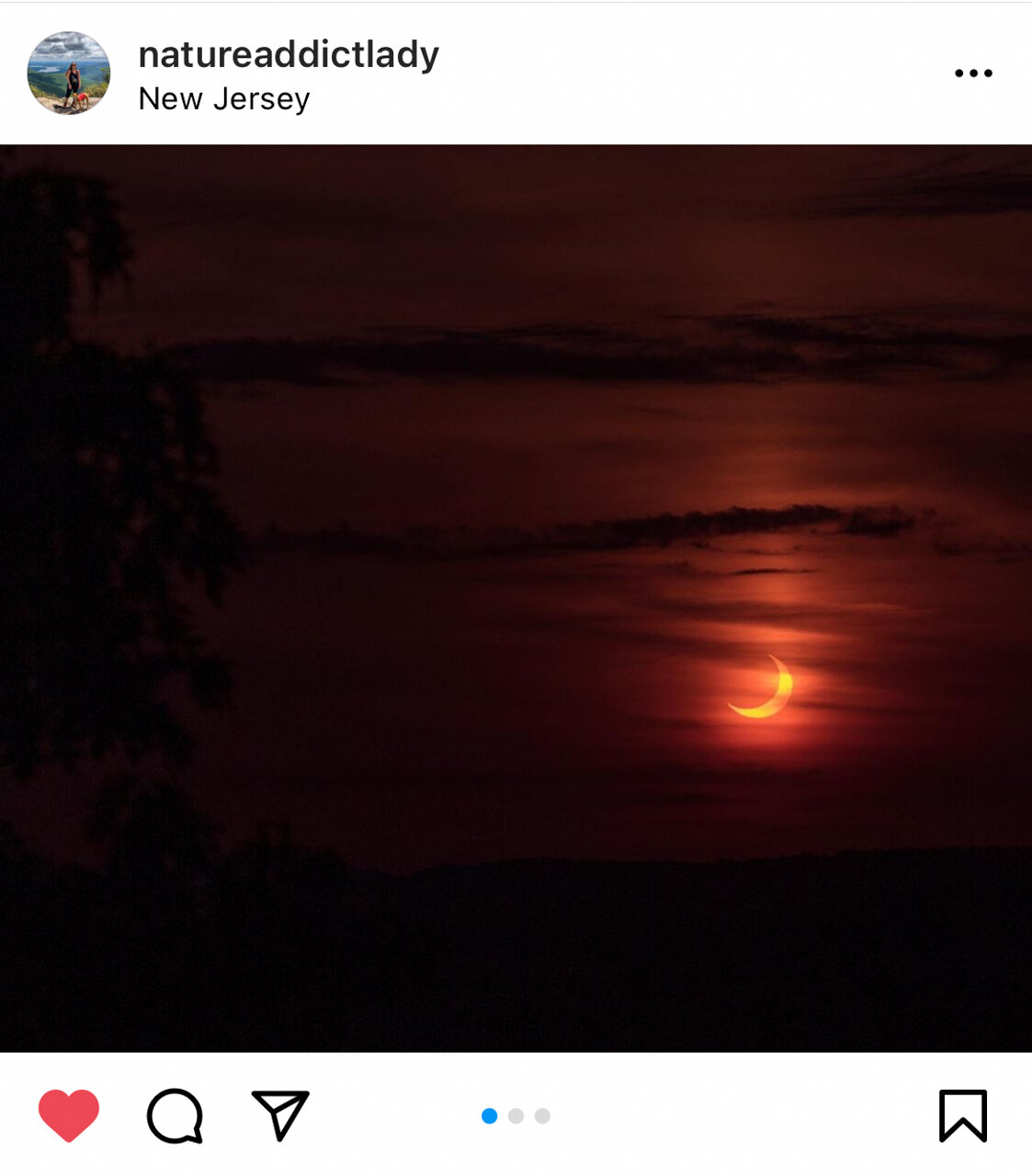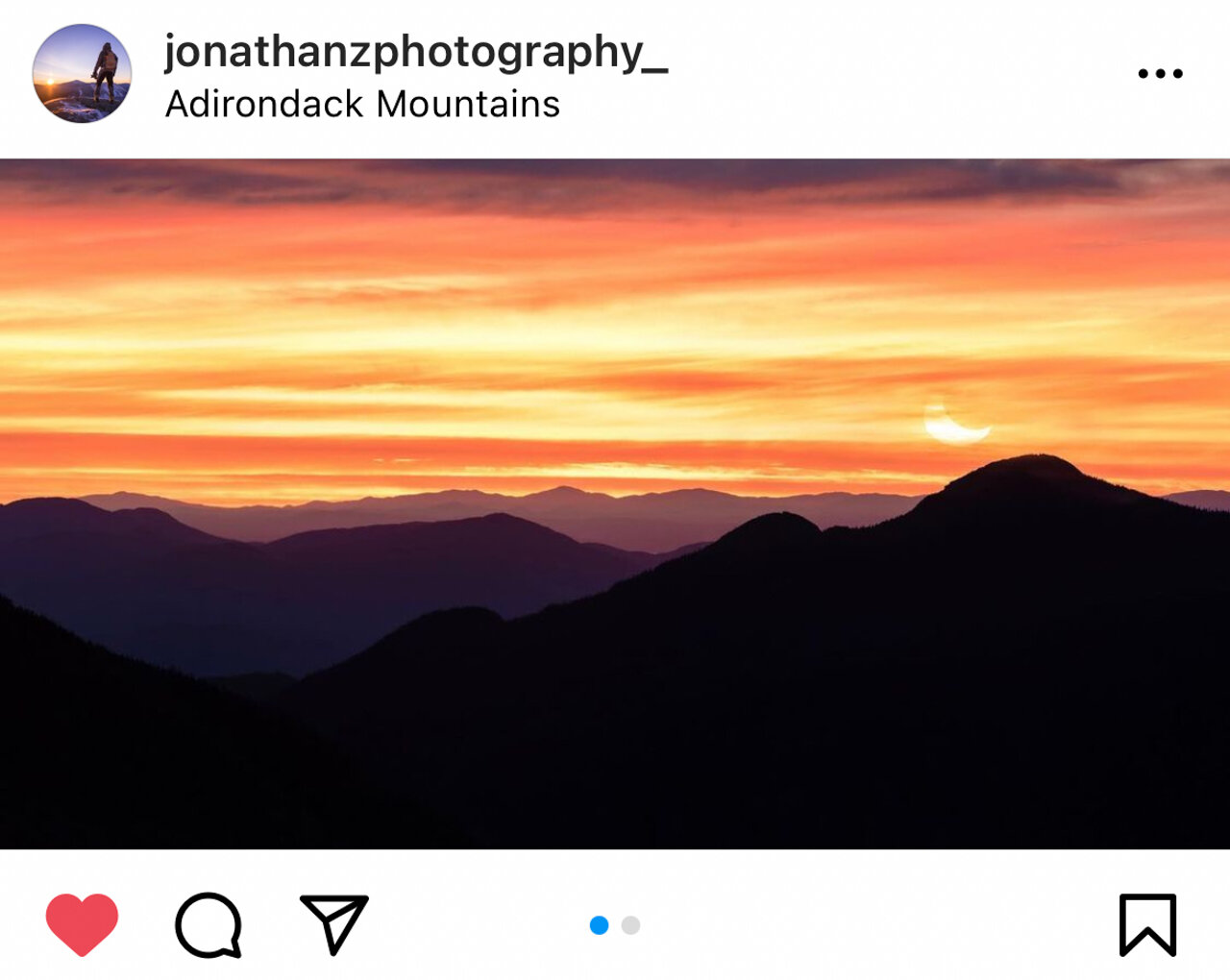Some of my favorite photos of the 2021 Annular Solar Eclipse, and a little reminder to embrace the things that are not in our control.
The August 21, 2017 Total Solar Eclipse during the totality phase as captured from South Carolina.
On June 10, 2021, a Annual Solar Eclipse struck the Earth. This rare phenomenon occurs only every so often, and most of the time the “path of totality” is somewhere wild such as in the middle of one of the Oceans, or the Arctic...
So what exactly is a Solar Eclipse?
A Solar Eclipse is when the Moon passes directly in front of the path between the Sun and the Earth. There are a few different types of Solar Eclipses, here are them below:
Total Solar Eclipse
Partial Solar Eclipse
Annual Solar Eclipse
Pictured above is a Total Solar Eclipse, which took place on my birthday (teehee) on August 21, 2017. The path of totality soared across the entire continental United States.
Not all Solar Eclipses are Total, however. In fact, Total Solar Eclipses are the rarest of the rare. This is because the Sun has a diameter of 864,000 miles, which is approximately 400 times larger than the Moon’s 2,160 miles. But, the Moon is 400 times closer to the Earth than the Sun, so when the orbital planes of the Sun and Moon perfectly intersect to create an alignment such that the Moon completely covers the solar disc, we have a Total Eclipse.
This is only occurs once every 1.5 years or so, and the location at where this happens is mostly unfavorable to being seen by humans, hence its rarity.
But, Total Solar Eclipse have only a small path of totality. This is because of how small the Moon is relative to the Sun. Unlike a Total Lunar Eclipse, a Total Solar Eclipse can only be seen by smidge of the world. Take a look at the below diagram which shows what a "path of totality” may look like.
The Path of Totality from the Aug 21, 2017 Total Solar Eclipse
A quick note about safety.
Ok real quick before I continue rambling on about the bright thing in the sky known as our Sun. It is imperative that under no reason or circumstance that you ever stare into the sun without the proper protection. ISO certified Eclipse glasses are a must for being able to view the eclipse for your eyes safely, as well as at least a white light filter for your camera lenses. ND filters below 16 stops are not enough. The ONLY exception is during the TOTALITY PHASE of a TOTAL SOLAR ECLIPSE. Else, protection and filters must be used throughout. This was true of the 2021 Eclipse where 100% Totality was never achieved.
What about the 2021 Eclipse, why was it a not a Total?
Ok, I will explain. As stated above, the Moon must precisely align with the orbit of the Sun for a Total to occur. If there is a small difference between orbits, the Moon will not completely cover the sun and thus the white whisking waves surrounding the Sun known as the Solar Corona (pictured in my above image of the 2017 Eclipse) will not be revealed.
This was the case for the latest Eclipse on June 10, 2021. Instead, only 99% of the Solar Disc was covered by the Moon, and therefore even if you were directly in the center of its path, it would have looked something like this:
And of course, check out the Eclipse Path to see if you were in a region where even a partial eclipse was visible. Here in NJ, we were able to spot a partial eclipse.
And now onto something a little more personal.
Given the visibility of the partial in my lovely home state of NJ, I sought out a composition that I thought would be pretty cool. Using the planning techniques discussed in my planning tutorial here, I vetted a spot where the Eclipse would rise just over the Empire State Building from Jersey City. Sounds great on paper I thought, and the composition turned out to be correct. But, what I could not control were the clouds.
A giant gaggle of clouds absolutely swarmed the portion of the sky where the Eclipse was taking place, all the while it was perfectly clear just a few degrees to the right.
So… I got no shots, and that is okay!
And what I am mainly trying to communicate with that is there are certain things out of control which will ultimately dictate a pathway different than you had originally intended on. That applies beyond just the photography stuff discussed here. So with that in mind, there was nothing I could do about that cloud cover. It took away an opportunity to shoot the Eclipse from this spot, and I can’t fight that. It happened, time to move on and focus on the future. There is no sense in harping on negative energy towards these cloudibois. And moving forward to the Total Eclipse in 2024, I think going in with a mindset that anything can happen will ultimately lead to a more favorable outcome, no matter what happens.






